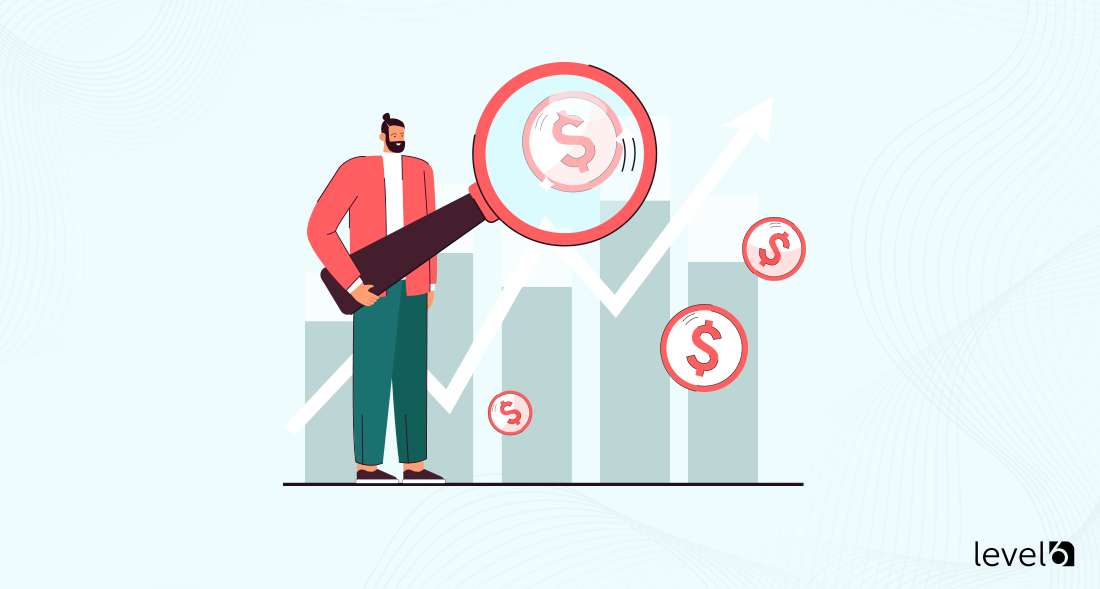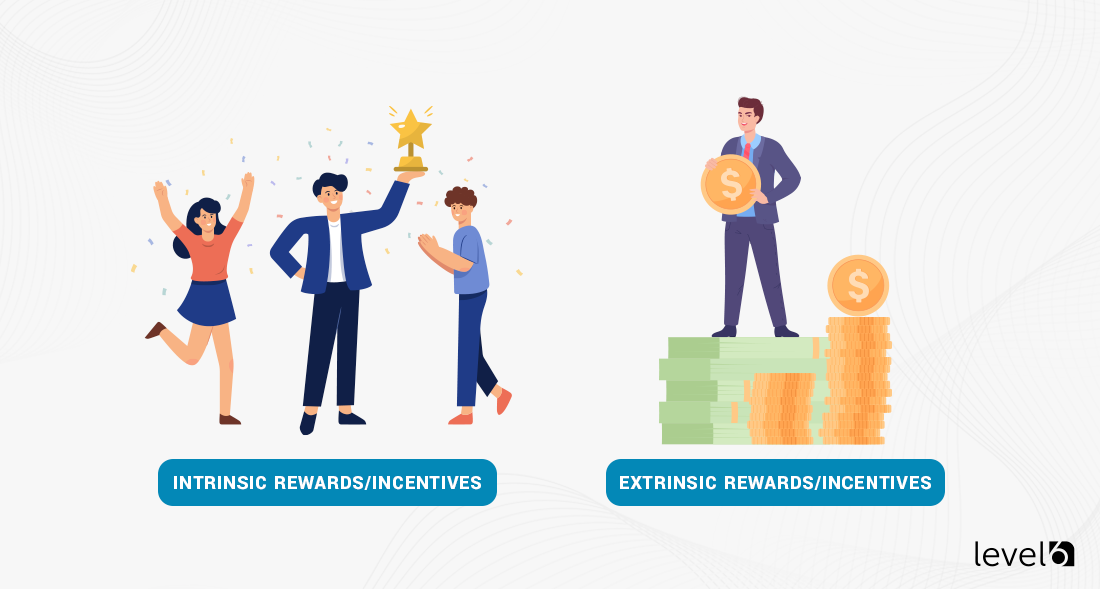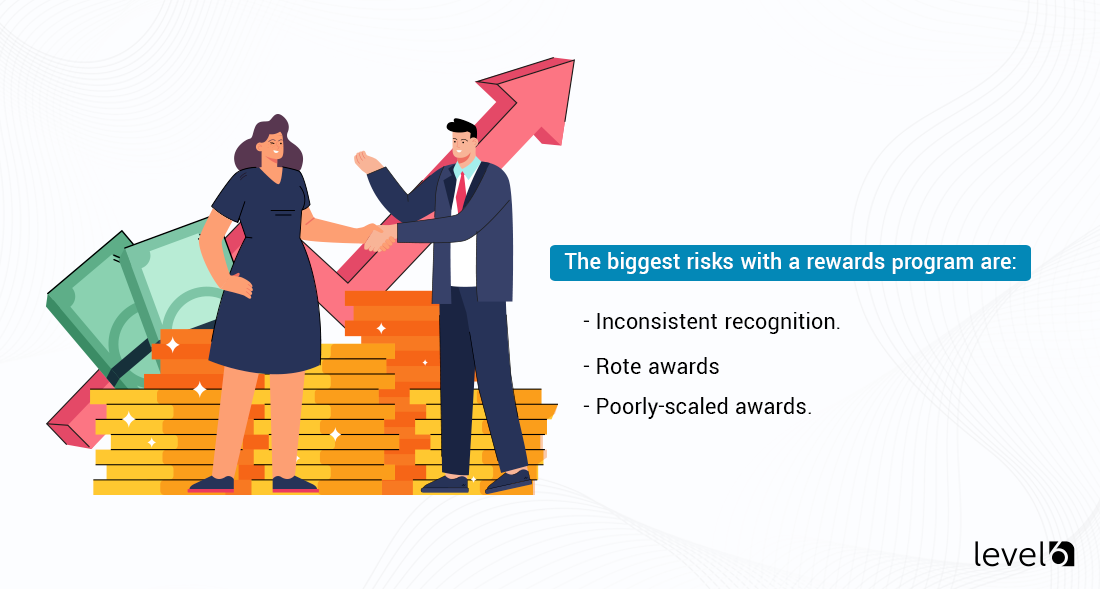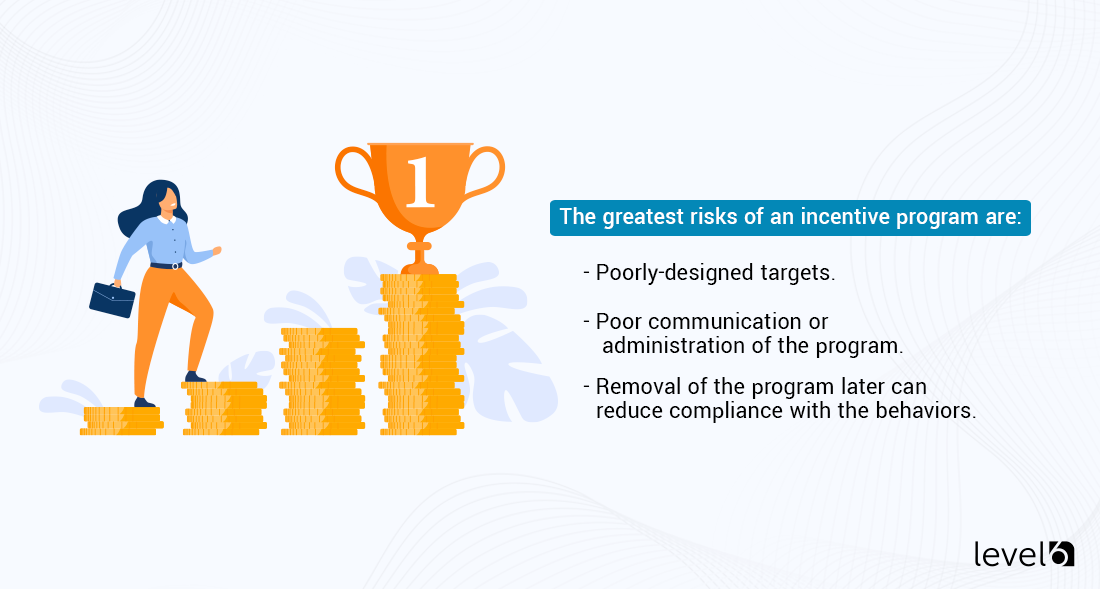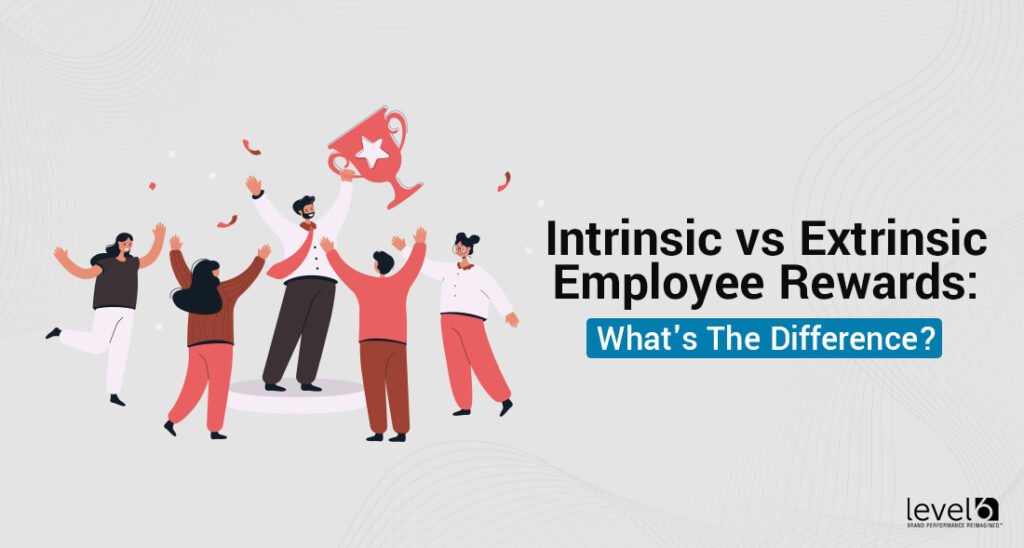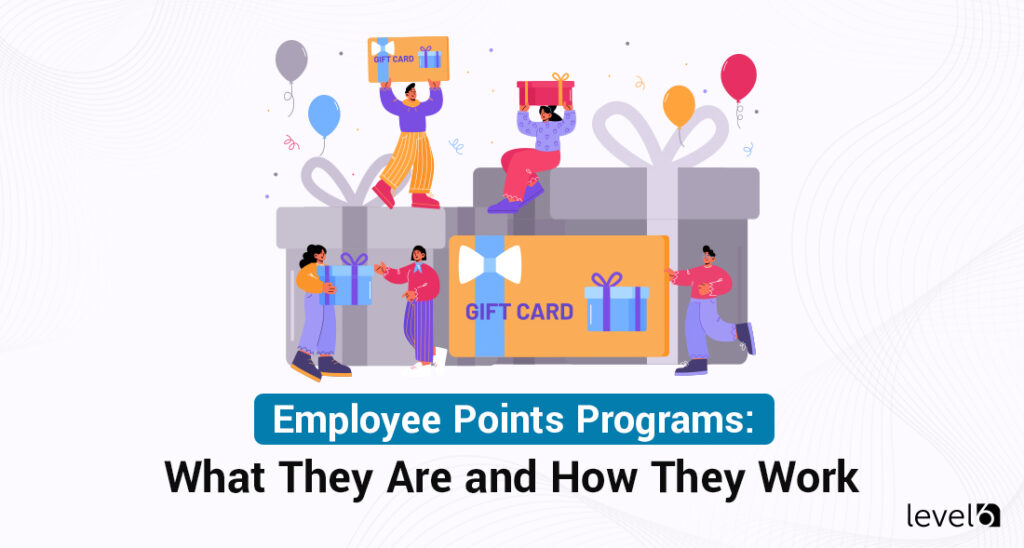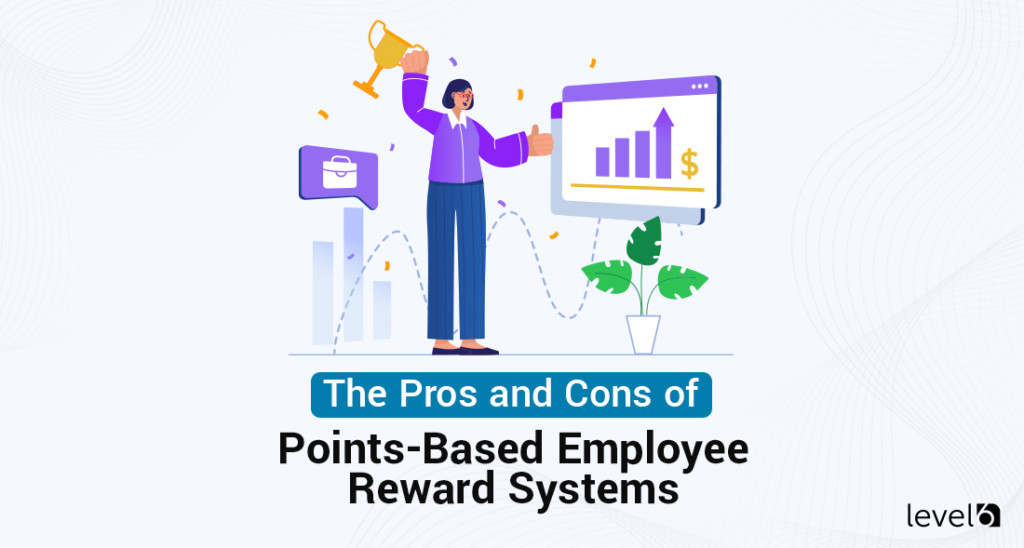FAQ: What is The Difference Between Rewards and Incentives?
Rewards and incentives motivate your employees to perform better and show more interest in the company’s goals. However, they’re not always interchangeable, so you’ll need to know when to use each. Rewards and incentives are very similar but have specific tangible differences that make them distinct.
In this article, you’ll learn about the differences between rewards and incentives, as well as how to choose the right tool for the job when motivation is what you need most from your staff members.
Let’s get started!
What Are Rewards?
Let’s start by definining rewards.
In business, a reward is something you give to employees in recognition of their work or service. Rewards can be awarded based on succeeding at goals, exceeding targets, achieving milestones, or maintaining ongoing behavior streaks.
Examples of situations that earn rewards include:
- Employees succeed at a goal and deliver results within a designated time frame.
- Employees exceed sales goals for a month or quarter, sufficient to receive recognition.
- Working for a company for a certain number of years (often increments of five, so five years, ten years, fifteen years, etc.)
- Maintaining an ongoing streak of zero absences or tardiness (and adequately using PTO to manage absences that must occur.)
Rewards can be monetary or non-monetary. Monetary rewards can include bonuses, gift cards, and raises. Non-monetary rewards can consist of benefits like additional paid time off, flexible working hours, work-from-home days, or smaller rewards such as “employee of the month” certificates, trophies, or traditional career milestone rewards like an engraved gold watch.
Rewards are often contextual and scale depending on the achievement’s value. You might reward small-time achievements with catered lunches, office doughnuts, or a $50 gift card to Amazon. Meanwhile, more high-value or long-term achievements (like reaching a 20-year career, doubling sales goals for the quarter, or other achievements) generally deserve higher-scale rewards.
What Are the Advantages of a Reward System?
Reward systems are all about recognizing achievements and behaviors and rewarding them as a form of positive reinforcement.
People are complex, but at our cores, we still respond well to positive reinforcement as animals do; positive brain chemicals become a motivating factor and encourage other behavior similar to what was rewarded.
Looking to learn more about an incentive, rebate
or reward program for your business?
Curious about costs?
Try our instant pricing calculator:
Rewards show employees that their work is acknowledged, recognized, and valued – this shows appreciation and recognition and helps build engagement with the company.
Rewards can also be a pleasant surprise and help keep employees engaged with your company, so they’re less likely to look for work elsewhere in another company that may appreciate their efforts more.
Rewards are known; they can foster some level of competition between employees. However, rewards generally work best when they aren’t known ahead of time; otherwise, they become motivational incentives.
Rewards can also, depending on what they are, improve your employees’ lifestyle and quality of life, giving them a lower-stress life and helping them better focus on work, life, and the balance between them. However, if rewards are the only thing keeping your employees from burning out, you have a problem and should reconsider base compensation and benefits instead.
What Are Incentives?
Incentives are very similar to rewards, with one key difference:
While rewards recognize achievements, incentives motivate an employee to achieve.
Incentives are often a similar array of actual benefits. They can be purely monetary or non-monetary, though often their nature depends on what the scale and scope of the achievement you’re looking to motivate may be. Non-monetary incentives include time off, flexible work environments, cross-training, skill-sharing, or “lunch with an executive” for certain people.
If you had to describe rewards in one word, it would be “recognition.” Likewise, describing incentives in one word would be “motivation.”
Incentives are usually known ahead of time, either in general (“there will be a cash reward for the top earner this month.”) or in specific (“this month’s top earner will get a $500 gift card.”) Thus, the existence of the reward is an incentive to achieve a particular goal.
Incentives are generally offered to promote specific behaviors. Such behaviors might include:
- Succeeding in a goal within a particular time frame.
- Exceeding sales goals for a given period.
- Successfully participating in and completing training modules.
While there is some overlap between incentives and rewards, one tangible difference is that incentives tend to focus on shorter-term motivation. An incentive for ten years of service needs to be significant to be a sufficient motivator. Motivation is hard to sustain when it’s extrinsic like that.
What Are the Advantages of an Incentive System?
Incentive systems are a short-term feedback loop. An incentive is offered to employees to achieve a specific goal or task; the incentive is awarded at the end as a reward. The existence and knowledge of the incentive become a motivating factor encouraging the employee to achieve the goal.
Incentives can be powerful at encouraging motivation, though they need to be appropriately targeted. For example, the “lunch with an executive” incentive isn’t very motivating for people who don’t care to meet their executives or know their executives won’t consider their feedback.
Incentives can also reduce or delay turnover; if an employee puts effort into earning an incentive, they don’t want to leave before that effort bears fruit. However, a dissatisfied employee might stick around just long enough to reach the incentive, then leave for a different company.
Can Rewards be Incentives?
Yes, rewards can be incentives, which are a form of reward.
The primary determining factor is general awareness. A reward is not something an employee knows about ahead of time, or if they know about a reward, they don’t know what it will be or what they need to do to achieve it.
Rewards are specifically meant to recognize exceptional or unusual performance or service. By contrast, incentives are meant to promote specific and consistent behaviors and services. Mechanically, however, the two are very similar.
What Are the Primary Differences Between Rewards and Incentives?
Reward programs and incentive systems are pretty similar but have several tangible differences.
The single most significant difference is in time and expectations. Rewards are retroactive; they monitor an employee’s performance and efforts and reward them for the good things they do. By contrast, an incentive is laid out ahead of time as a motivating factor and offer; they are proactive.
Rewards tend to be more tangible than incentives. While many possible awards for both can be tangible and monetary, they don’t always have to be. Rewards are often tangible, while incentives can be intangible, as in the “lunch with the executive” example or an “employee of the month” recognition. That said, intangible awards are often not motivating enough to be incentives on their own and are coupled with tangible rewards.
Rewards are also not meant to be consistent. An incentive program is a rewards program that people are aware of and that they can work hard to earn.
What Are the Differences Between Intrinsic and Extrinsic Rewards/Incentives?
Extrinsic means “coming from without.” An extrinsic reward is something you give to your employees.
Intrinsic means “coming from within.” An intrinsic reward is something that your employees feel; this does not mean it’s impossible to offer intrinsic rewards. Intrinsic rewards include job satisfaction, emotional and mental fulfillment, and participation in a robust community. However, intrinsic rewards are more specific to individuals and are not necessarily easy to deliver.
Different kinds of people respond differently to intrinsic and extrinsic rewards.
For example, if you offer a $50 bonus for achieving sales goals, it can be a motivating factor for employees making minimum wage. However, for those making over $1m per year, $50 is nothing and thus not motivating.
Intrinsic and extrinsic can also apply to motivation. People motivated by intrinsic factors are most motivated by participation in the community, job fulfillment, and the challenges they feel good about overcoming as part of their jobs. Extrinsic motivation comes in the form of pay and benefits, most commonly.
Here, you can read more about the differences between intrinsic and extrinsic rewards and motivation.
Should Your Company Use a Rewards Program?
Certainly!
A rewards program can be a great way to help engage with your employees, reward them for their behavior, and keep acknowledging them.
The most significant risks with a rewards program are:
- Inconsistent recognition. If two employees perform roughly the same way above their job duties, but only one is rewarded, the other will feel left out or ignored. While it may boost engagement with the rewarded employee, it can harm it with the other, who may find it egregious enough to start looking for work elsewhere.
- Rote awards. A rewards program is meant to be personalized. If employees can easily track what behaviors receive what rewards – and more commonly if the actual process of awarding them is formulaic – it ceases to have the value you need it to have.
- Poorly-scaled awards. As mentioned above, the scope and scale of the reward both need to be tuned to the appropriate amount of effort. If the reward is much greater than the scale of the effort to earn it, it becomes egregious. If the reward is much lower, it becomes insulting. For a recent example, see the story of the Burger King employee who never missed a day in 27 years and whose reward for it was likely valued at under $10 in items.
Use rewards as a sporadic, personalized, one-on-one recognition for a job well done. They should feel special and pleasant to receive, tangibly benefit the employee (even if the reward is not specifically money), and help keep them engaged.
Should Your Company Use an Incentive Program?
Of course!
Positive reinforcement is one of the best ways to encourage specific behavior, whether in employees, adults, children, or animals. Positive reinforcement is a well-known psychological technique because it takes advantage of the brain chemistry we all possess.
Incentive programs need proper structure and management to be successful. Still, when they are well-formed and successful, they can have an incredibly beneficial effect on your employees’ skills, motivation, and capabilities.
The most significant risks of an incentive program are:
- Poorly-designed targets. If the goal to achieve an incentive is too low, the incentive becomes trivial to earn and does not truly encourage the behavior. If it’s too high, the incentive becomes impossible to earn without extreme effort or perfect performance and thus does not incentivize behavior properly.
- Poor communication or administration of the program can hamper the results of an incentive or rewards program. Nothing is worse for an incentive program than fine print that invalidates an employee’s efforts to earn it. If a program’s rules change, qualification changes, or eligibility changes, it needs to be appropriately communicated before affecting an employee’s performance.
- Removal of the program later can reduce compliance with the behaviors. The promise of an incentive is the motivating factor, so if it’s removed, adherence to the behaviors to earn it will drop; this, too, is well-studied.
That said, an incentive program is almost always a great benefit to a company when it’s appropriately designed and administered correctly. Luckily, there are easy ways to do that, such as by contacting us to set it up for you.
Should Your Company Use Both?
Reward and incentive programs are not mutually exclusive, so that you can use both. However, you risk making your system too complex and potentially drawing attention to inadequacies elsewhere.
Restaurant servers working for tips are a good example. Tips are an institutionalized incentive program, but they take the place of standard compensation, making it punishing to make even a single mistake while never incentivizing positive feelings or behavior.
Set your base pay and benefits appropriately, use rewards to recognize outstanding effort, and use incentives to guide proper behavior; together, they form a robust means of engaging employees and driving business objectives. If your rewards and incentives draw attention to a lack of benefits or compensation that could otherwise be made standard, they will backfire. Again, however, this all comes down to proper administration and context.
Rewards are given after an employee completes a task or reaches a goal, while incentives are given beforehand as motivation to achieve or reach a goal. Ultimately, the best way to decide which program to use is to consider your company’s needs and what will work best for your employees.

Claudine is the Chief Relationship Officer at Level 6. She holds a master’s degree in industrial/organizational psychology. Her experience includes working as a certified conflict mediator for the United States Postal Service, a human performance analyst for Accenture, an Academic Dean, and a College Director. She is currently an adjunct Professor of Psychology at Southern New Hampshire University. With over 20 years of experience, she joined Level 6 to guide clients seeking effective ways to change behavior and, ultimately, their bottom line.
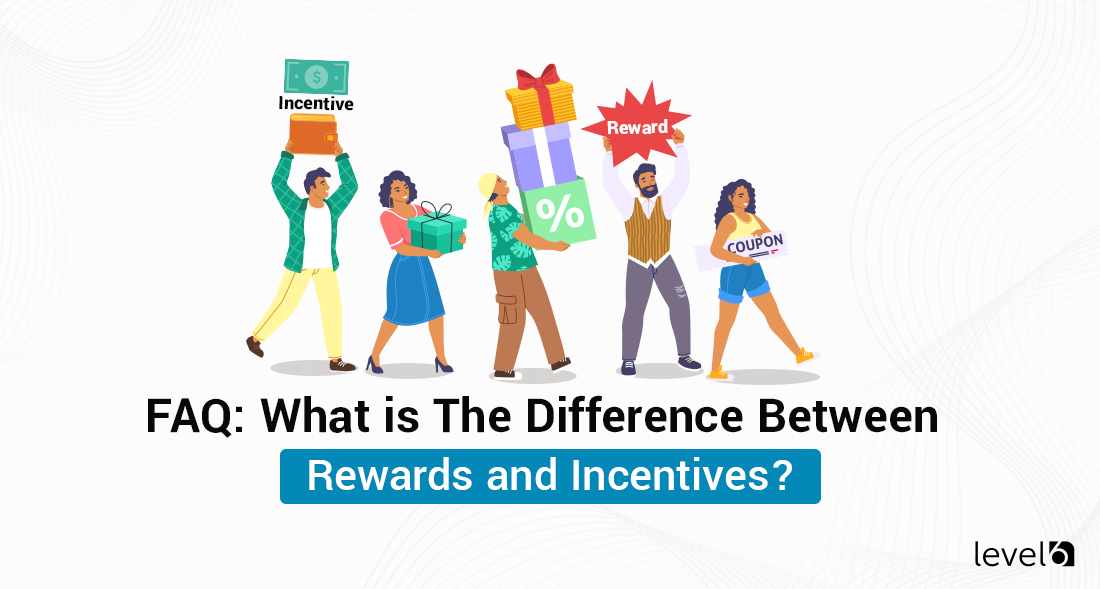

 Demo
Demo

